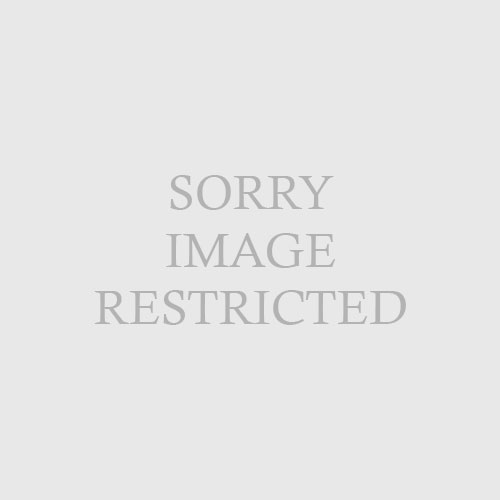- Inflammation of the pilosebaceous unit (PSU) causing comedones, papulopustules and nodules
- Four key pathogenic factors
- Abnormal follicular keratinization
- ↑ Corneocyte cohesiveness and proliferation
- Propionibacterium acnes (P. acnes) in sebum
- Gram + anaerobic rod, resident flora in follicle but acne patients with higher concentration
- Naturally produces porphyrins (coproporphyrin III), which is the target of light-based acne therapy
- Secretes lipases which cleave lipids in sebum into pro-inflammatory free fatty acids (FFAs), which are both comedogenic and chemotactic
- Binds/activate toll-like receptor 2 (TLR2)
- Inflammation
- ↑ IL-1, IL-8, and TNF-α through TLR-2 pathway
- Hormonal effect on sebum due to androgens
- ↑ Sebum production due to androgen-stimulated sebaceous glands
- Androgen receptors present on basal layer of sebaceous gland and ORS of hair follicle; respond to most potent androgen, dihydrotestosterone (DHT), and testosterone (latter produced by gonads and can be converted to DHT via 5α -reductase)
- Dehydroepiandrosterone sulfate (DHEA-S): weak androgen produced by adrenal glands
- Microscopic precursor lesion: microcomedo
- May present with non-inflammatory comedones (open/closed), inflammatory papules, pustules, ± nodules
- Histology: follicular distension often with ruptured PSU and accompanying brisk inflammatory response, ± foreign body reaction with multinucleated giant cells
- Treatment:
| | | | | | | | Topical therapy | | Benzoyl peroxide, retinoids (tretinoin, adapalene, tazarotene), azelaic acid, dapsone, clindamycin, sodium sulfacetamide/sulfur and salicyclic acid | | | | | Topical retinoids: comedolytic and downregulate TLR-2 | | | | | | | | | |
| | | Other therapies | | Oral antibiotic, isotretinoin, oral contraceptive pill; photodynamic therapy or blue light alone | | | | | Cannot combine isotretinoin and tetracycline due to risk of pseudotumor cerebri | | | | | | | | | |
|
| | | | | |
|
| | Figure 3.1
A: Acne conglobata
B: Acne excoriée
C: Acne in PCOS |
|
